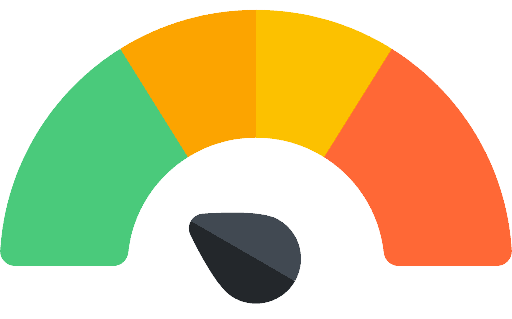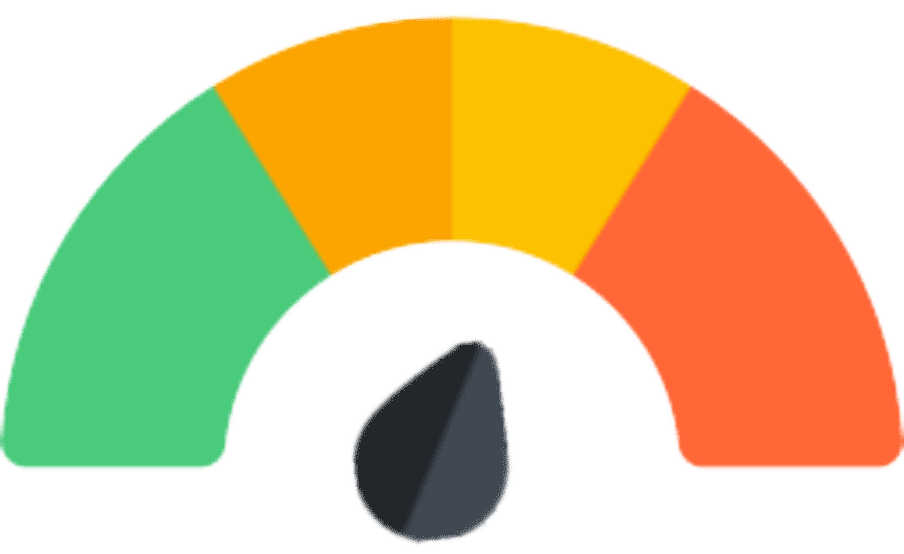Marketer: Intas Pharmaceuticals Limited
(Bold for FDA approved)
 How Zonimid works
How Zonimid works• Unknown
• Modulates voltage-sensitive sodium channels by an unknown mechanism
• Also modulates T-type calcium channels
• Facilitates dopamine and serotonin release
• Inhibits carbonic anhydrase
• Should reduce seizures by 2 weeks
• Onset of action as well as convincing therapeutic efficacy have not been demonstrated for uses other than adjunctive treatment of partial seizures
 Notable Side Effects
Notable Side Effects• Sedation, depression, difficulty concentrating, agitation, irritability, psychomotor slowing, dizziness, ataxia
• Headache
• Nausea, anorexia, abdominal pain, vomiting
• Kidney stones
• Elevated serum creatinine and blood urea nitrogen
 Life Threatening Side Effects
Life Threatening Side Effects• Rare serious rash (Stevens–Johnson syndrome, toxic epidermal necrolysis) (sulfonamide)
• Rare oligohidrosis and hyperthermia (pediatric patients)
• Rare blood dyscrasias (aplastic anemia; agranulocytosis)
• Sudden hepatic necrosis
• Sudden unexplained deaths have occurred (unknown if related to zonisamide use)
• Rare activation of suicidal ideation and behavior (suicidality)

unusual

common
• Wait
• Wait
• Wait
• Take more of the dose at night to reduce daytime sedation
• Lower the dose
• Switch to another agent
• 100–600 mg/day in 1–2 doses
 Dosage Forms
Dosage Forms• Capsule 25 mg, 50 mg, 100 mg
• Safe
• Consider periodic monitoring of blood urea nitrogen and creatinine
• No
 Renal Impairment
Renal Impairment• Zonisamide is primarily renally excreted
• Use with caution
• May require slower titration
 Hepatic Impairment
Hepatic Impairment• Use with caution
• May require slower titration
 Cardiac Impairment
Cardiac Impairment• No specific recommendations
 Elderly
Elderly• Some patients may tolerate lower doses better
• Elderly patients may be more susceptible to adverse effects
 Children and Adolescents
Children and Adolescents• Cases of oligohidrosis and hyperthermia have been reported
• Not approved for use in children under age 16
• Use in children for the expert only, with close monitoring, after other options have failed
 Pregnancy
Pregnancy• Effective June 30, 2015, the FDA requires changes to the content and format of pregnancy and lactation information in prescription drug labels, including the elimination of the pregnancy letter categories; the Pregnancy and Lactation Labeling Rule (PLLR or final rule) applies only to prescription drugs and will be phased in gradually for drugs approved on or after June 30, 2001
• Controlled studies have not been conducted in pregnant women
• Use in women of childbearing potential requires weighing potential benefits to the mother against the risks to the fetus
• Antiepileptic Drug Pregnancy Registry: 1-888-233-2334, www.aedpregnancyregistry.org
• Taper drug if discontinuing
• Seizures, even mild seizures, may cause harm to the embryo/fetus
• Lack of convincing efficacy for treatment of conditions other than epilepsy suggests risk/benefit ratio is in favor of discontinuing zonisamide during pregnancy for these indications
 Breast Feeding
Breast Feeding• Unknown if zonisamide is secreted in human breast milk, but all psychotropics are assumed to be secreted in breast milk
• Recommended either to discontinue drug or bottle feed
• If drug is continued while breast feeding, infant should be monitored for possible adverse effects
• If child becomes irritable or sedated, breast feeding or drug may need to be discontinued
Based on data Published online by Cambridge University Press
Compiled by Dr. Jash Ajmera